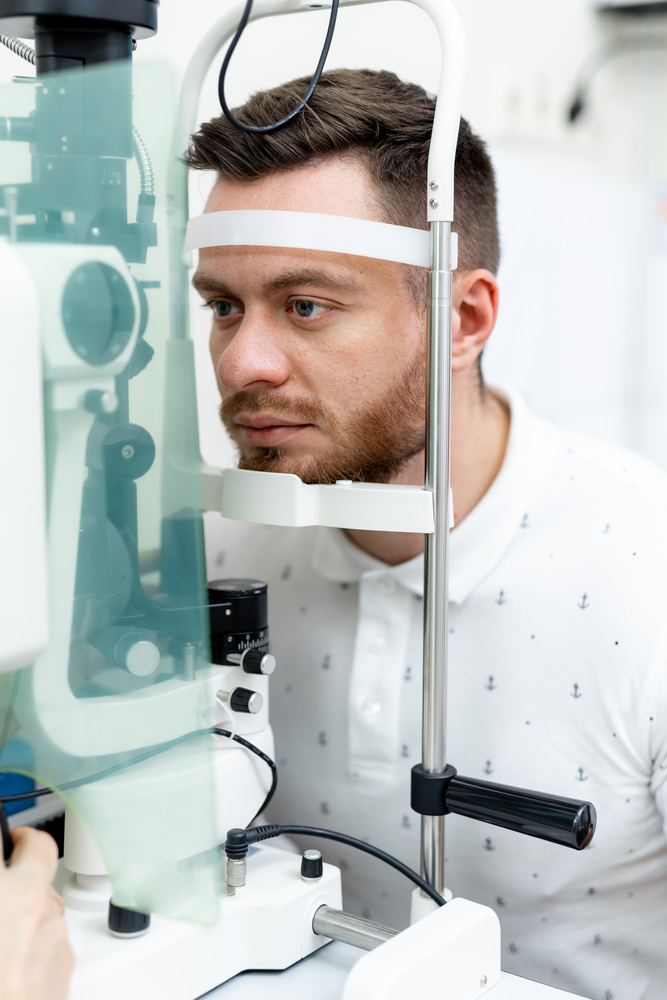
The things you see are the results of the images your two eyes send to the brain. The brain usually receives images from both eyes simultaneously, hence the name binocular vision. Bi means two, and ocular means eyes. The images that each eye sends to the brain are slightly different. But with good binocular vision, the brain can process these differences and harmonize eye movements.
Binocular vision dysfunction, or BVD, happens when the eyes misalign and cannot send one vivid image to the brain. As a result, you may experience neck tension, eyestrain, headaches, dizzy spells, migraines, motion sickness, blurry vision, light sensitivity, and panic attacks while driving or in big stores.
Diagnosing BVD
A binocular vision assessment is the best way to know if you have binocular vision dysfunction. An eye doctor can diagnose BVD through a binocular vision exam to assess your visual skills. During the exam, the eye doctor will examine the following visual abilities.
Eye movement. Do you have normal eye movement? The test checks how your eye changes position to improve visual clarity and minimize blur.
Eye teaming. Can your eyes work together in an accurate, coordinated way?
Eye focusing. Your eyes bend or focus light rays for visual sharpness and clarity. This exam looks at how your eye muscles relax and how your eyes respond to light when looking at things.
Binocular fusion. Can your brain collect the information from each eye and blend it into one image?
Eye convergence. Do your eyes move simultaneously to focus on the single letter, word, or object you are looking at? With BVD, your eyes do not move at the same time.
Visual perception. Can you interpret your environment through the light rays that enter your eyes?
Visual processing speed. How much time does your brain take to interpret what you see in the world around you?
Visual integration. How do your visual skills work together? Can you remember what a word means when you look at it and match it with something you saw? Can you draw, write, or copy what you see?
Depth perception (three-dimensional vision). Can you see objects in three dimensions, including their length, depth, and width? Can you tell how far away an item or thing is?
Eye resting position. This test checks your eyes' position when your eye muscles relax or are immobile.
Visual-spatial awareness. How well can your eyes focus on a location or position in space? Visual-spatial awareness organizes visual information so you can move and carry out tasks.
These tests are effective enough to detect the slightest misalignment causing BVD symptoms. Otherwise, you may receive a misdiagnosis. It is common for patients to be diagnosed with ADHD, dyslexia, reading and learning difficulties, or migraines when they have BVD.
When Should You Get a Binocular Vision Assessment?
A binocular vision test is necessary when you cannot perform your daily routine. With BVD, activities such as driving or reading can become difficult because of blurry vision and motion sickness, causing disorientation and anxiety. Fortunately, your eye doctor can successfully treat BVD. It is best to get an early diagnosis and start treatment immediately.
If you or someone you know suffers from any of these symptoms, get relief now and take our Free 5 Minute Self Test to find out if you have BVD Here.







